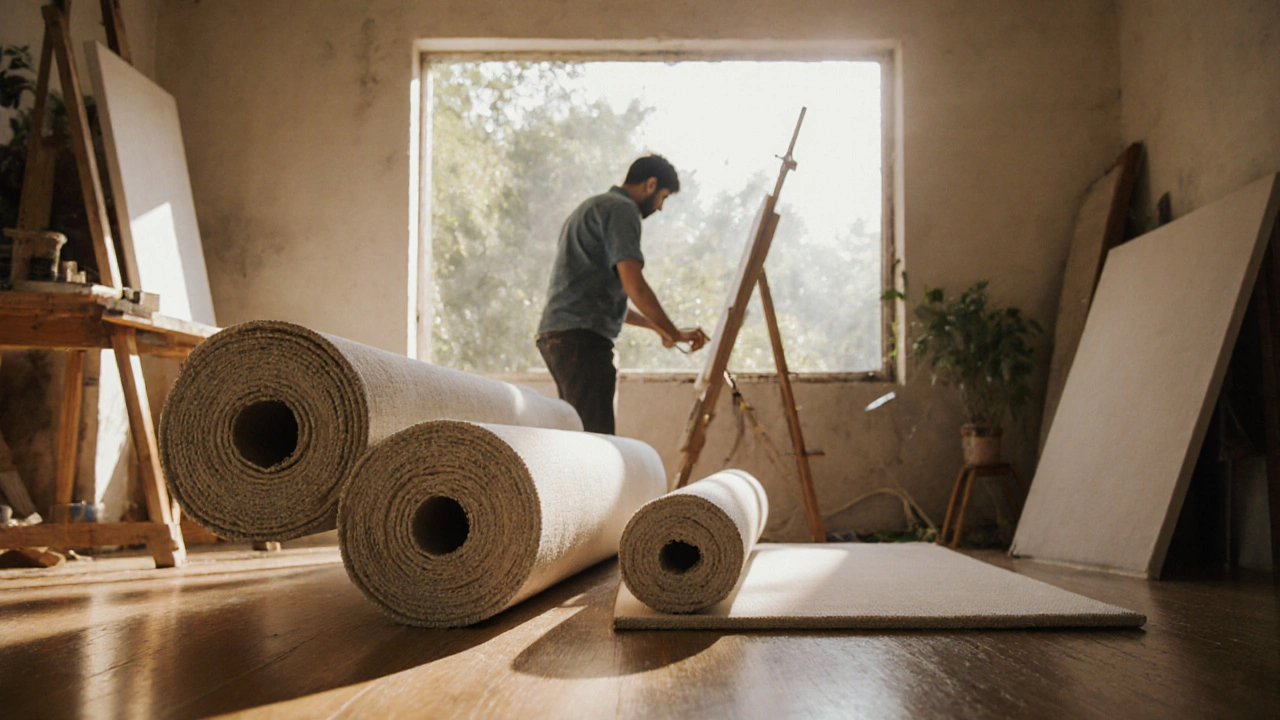Canvas Priming: Why It Matters for Every Painter
When working with Canvas Priming, the process of preparing a canvas so paint sticks evenly and lasts. Also known as surface priming, it creates a stable, absorbent ground that protects fibers and improves color vibrancy.
Another core entity is Gesso, a white, chalky primer traditionally used for oil and acrylic works. Gesso forms a toothy texture that helps paint adhere. A modern alternative is Acrylic Primer, a flexible, fast‑drying base ideal for mixed media and large‑scale pieces. Both gesso and acrylic primer are examples of Surface Preparation, the broader practice of cleaning, sanding, and sealing a support before painting. Together they shape the final outcome of any Oil Painting, a medium that especially relies on a well‑primed ground for durability.
Key Steps to Prime Your Canvas
First, make sure the canvas is clean. Dust or grease will stop the primer from gripping the fibers. A quick wipe with a lint‑free cloth and a dab of mild soap water does the trick. Next, apply a thin coat of gesso or acrylic primer using a wide, flat brush. The coat should be even but not overly thick; you’re aiming for a smooth, matte surface that still shows a subtle texture.
Let the first layer dry completely—usually 20‑30 minutes for acrylic primer, a bit longer for oil‑based gesso. Once dry, sand lightly with fine‑grit sandpaper. This creates a micro‑tooth that improves the next layer’s adhesion. Apply a second coat, repeat the sanding if you need a finer finish, and then let it cure.
Why go through this routine? Because proper canvas priming prevents paint from soaking in, keeps colors bright, and stops the canvas from deteriorating over time. Artists who skip priming often see cracking, flaking, or uneven drying, especially with oil paints that stay wet for days.
Choosing between gesso and acrylic primer depends on your workflow. Gesso gives a classic, slightly absorbent feel that many oil painters love. It also works well under varnish and preserves the historic look of traditional paintings. Acrylic primer, on the other hand, dries faster, is less prone to cracking, and can handle heavy impasto or mixed media without sagging.
Beyond the basics, consider adding specialized additives. For example, a few drops of linseed oil mixed into gesso can boost flexibility for large canvases. Or add a retarder to acrylic primer if you need a longer open time for blending. These tweaks illustrate how canvas priming intersects with other techniques like the spatula method, glazing, or scumbling—each benefitting from a stable groundwork.
Now that you understand the why and how of canvas priming, you’ll notice a smoother painting process, richer colors, and longer‑lasting artworks. Below you’ll find a curated set of articles that dive deeper into related topics—spatula techniques, size choices that sell, ways to brighten dull paintings, and even how galleries evaluate primed works. Explore them to sharpen every step of your creative journey.
